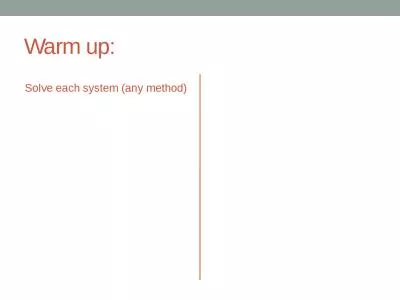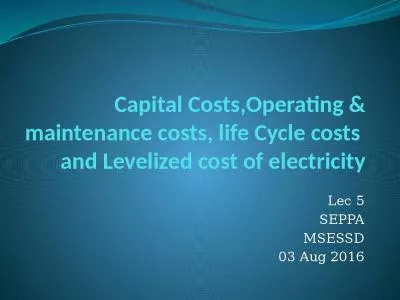PDF-sunkincremental payoffs of future decisions, and thersunk costs play n
Author : tatiana-dople | Published Date : 2016-08-09
more erratic than we had expected Variablechoice are much more e psychological variables we have investigated The next section summarizes existing emgaps in the
Presentation Embed Code
Download Presentation
Download Presentation The PPT/PDF document "sunkincremental payoffs of future decisi..." is the property of its rightful owner. Permission is granted to download and print the materials on this website for personal, non-commercial use only, and to display it on your personal computer provided you do not modify the materials and that you retain all copyright notices contained in the materials. By downloading content from our website, you accept the terms of this agreement.
sunkincremental payoffs of future decisions, and thersunk costs play n: Transcript
Download Rules Of Document
"sunkincremental payoffs of future decisions, and thersunk costs play n"The content belongs to its owner. You may download and print it for personal use, without modification, and keep all copyright notices. By downloading, you agree to these terms.
Related Documents

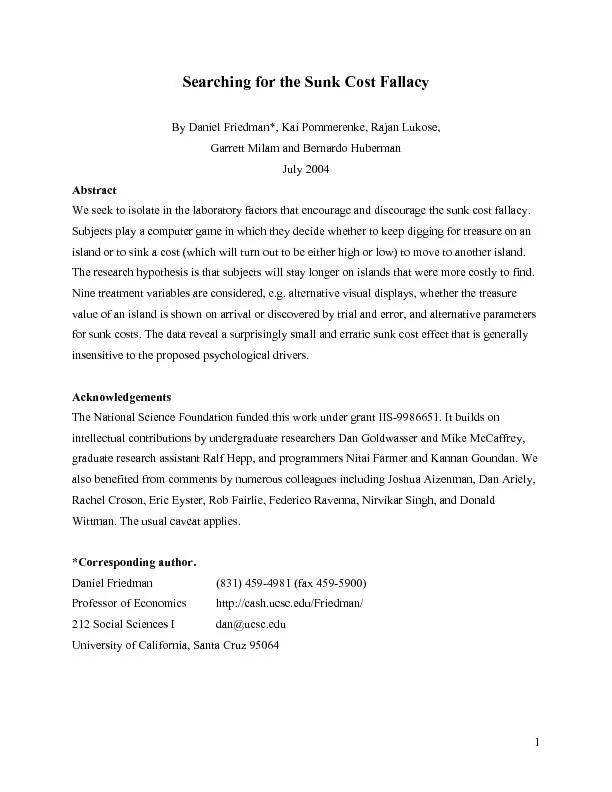
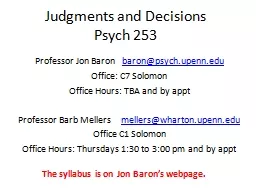
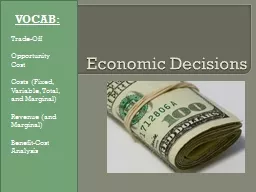

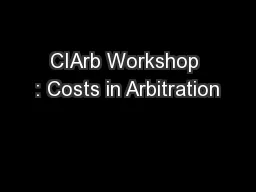



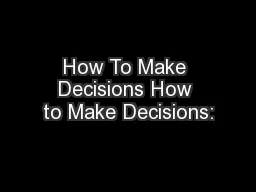
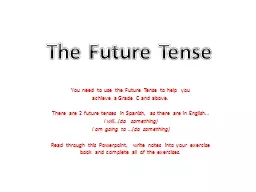
![[DOWNLOAD] - College Majors Handbook with Real Career Paths and Payoffs (College Majors](https://thumbs.docslides.com/902886/download-college-majors-handbook-with-real-career-paths-and-payoffs-college-majors-handbook-with-real-career-paths-payoffs.jpg)

